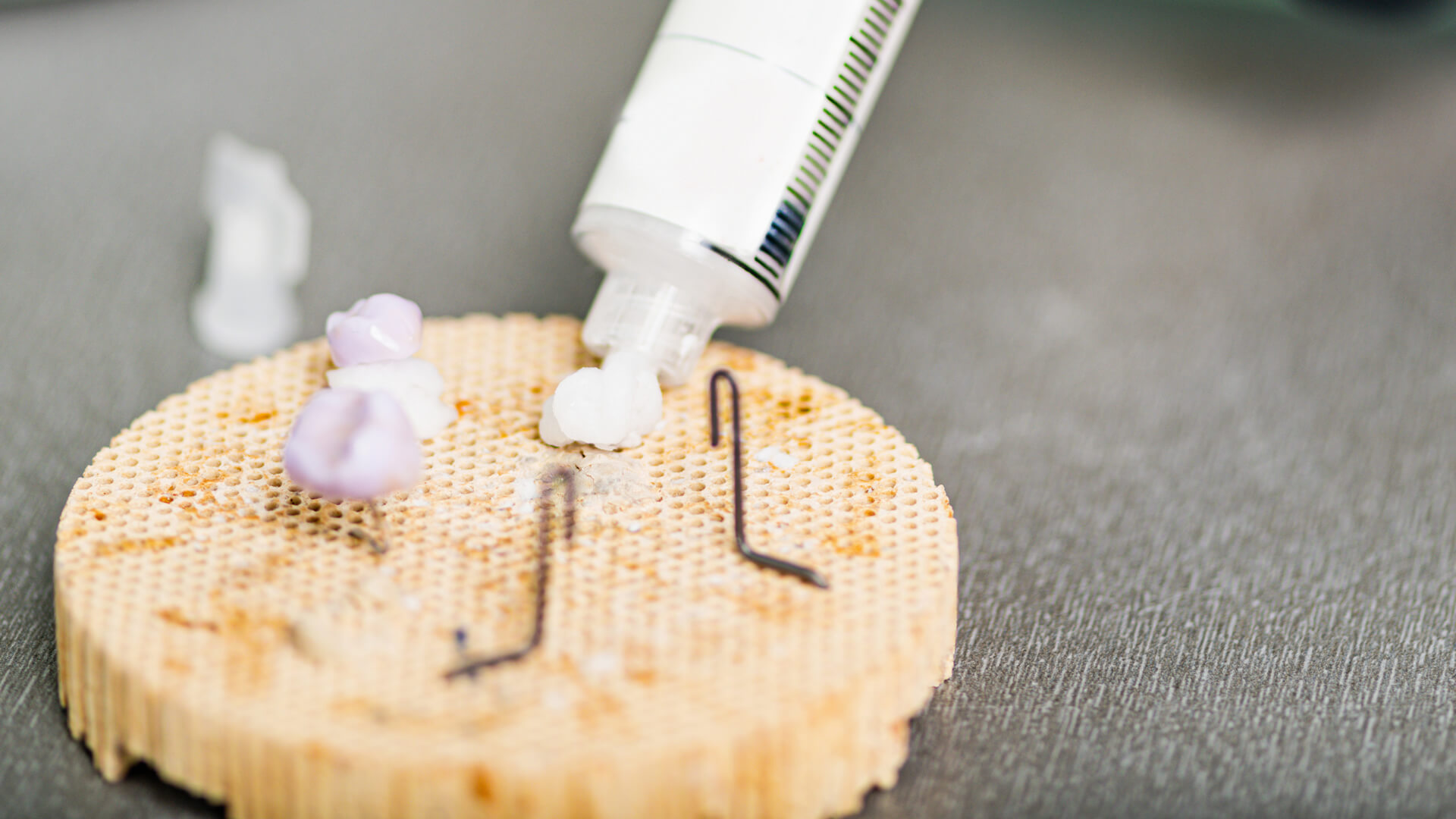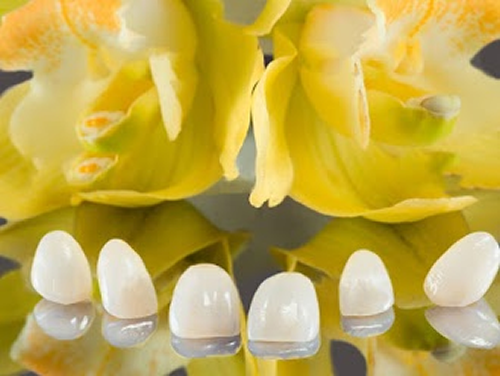Reading Time: 2 minutes
Aesthetics and comfort as a combination.
What is a crown?
Crowns, in dentistry, may actually mean two things. A crown may be the portion of the tooth that is visible in the mouth, or it may be a dental prosthesis that is meant to cover a tooth that has been greatly affected by decay. In this blog, the term “crown” will be used to refer to the latter definition.
Crowns are especially fabricated in a dental laboratory using different kinds of material. They may be made from metal, porcelain, ceramic or resin. These may be made using a combination of materials as well, as in the case of porcelain-fused-to-crowns. Each material will have its own set of advantages and disadvantages so it would be best to discuss with your dentist to find out which one is right for your case.
Crowns are used as an option for treatment when a tooth has been greatly affected by decay to the point where ordinary fillings, inlays or onlays may no longer be viable. Regardless of material used crowns will usually involve the removal of tooth structure. In the case of bridges, crowns may involve the removal of sound tooth structure as well.
Crowns are considered to be a permanent form of restoration since these are cemented onto the tooth using special kinds of dental cements.
What is a bridge and what is its use?
Bridges are used to replace missing teeth, especially if the missing teeth are just a few in number. Bridges usually make use of at least a single tooth, that is located right beside the missing tooth, to serves as support for the missing tooth. Unlike dentures, bridges are supposed to be permanent restorations that are cemented onto the tooth.
There are actually three major kinds of bridges: the traditional bridge, the cantilever bridge and the Maryland bonded bridge.
The traditional bridge and the cantilever bridge make use of neighboring teeth to serve as an abutment or support for the missing tooth that is to be replaced. A major disadvantage of this procedure is that it requires major reduction of tooth tissue and reshaping of the tooth that will serve as the abutment. This is regardless of whether or not the tooth is of sound and healthy tissue.
The Maryland bridge is more commonly used for front missing teeth, the procedure is considered to be more conservative since it does not require a large of tooth reduction and reshaping of the abutment tooth. It only requires minimum tooth reduction at the back of the abutment teeth to give support to the missing tooth.
What are the advantages and disadvantages of having crowns and bridges made?

Convenience, Comfort and Aesthetics
The biggest advantage of having crowns and bridges is convenience. Since these are permanently cemented to teeth, one need not worry about having to wear and remove them.
A complaint that some denture wearers make is the pain that they feel whenever small particles, such as sugar grains, get lodged underneath their dentures. Individuals who have bridges experience none of this since bridges are directly attached and cemented on other teeth in the mouth.
The are also more natural looking once cemented onto teeth, especially when compared to partial dentures. Partial dentures may, at times, require the use of metal clasps for retention which may show inside the mouth. Bridges do not make use of clasps, but instead make use of dental cement for attachment.
Not So Conservative
The practice of dentistry these days focus more on tooth conservation. Placing bridges on teeth may require that crowns be placed on sound teeth that serve as abutments for the missing tooth. This means that the sound teeth may be reduced in size and reshaped in order to accommodate a crown or crowns.
Bridges and require good oral hygiene since decay may set in in the margin or interface found along the tooth and crown. In fact, bridges require the use of special flossing aids. The replacement of the missing tooth, called the pontic, is suspended on top of the gums and supported by abutment teeth. Food may lodge in that given space so it is important that meticulous cleaning and flossing be done in order to prevent gum infection and decay from setting in.
Costs
Compared to dentures, crowns and most especially bridges do cost more. You might want to ask your dentist about costs. Some materials, such as porcelain, are more expensive than metal crowns. Some are not even covered by basic dental insurance so you may want to check this out with your dentist when having the procedure done.
Tandheelkundig Centrum Steenbergen
Grote Kerkstraat 34
4651 BB Steenbergen
0167 – 563 780
info@tandheelkundigcentrumsteenbergen.nl





